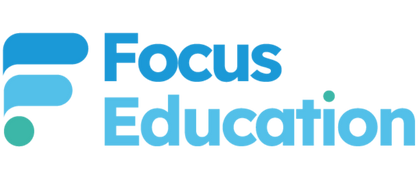Design and technology can sometimes make teachers nervous. It is a subject that is often pushed to the back of people's minds because it's scary to let primary aged children use a junior hacksaw or a sharp knife when developing their skills. It is also a subject that I think some people overcomplicate, and there are many reasons for this. Sometimes teachers think they must get the children to create a product that is of a saleable quality, or that is extraordinarily complex, showing great DT skills. Others step in too much, meaning the finished product is not actually the child’s work, but what the child has started and an adult corrected and developed. Also making DT lessons overcomplicated is a focus on creating a progression, which is obviously important, but should be as simple as possible.
Trusting the Process
Developing a process around design and technology is key. If we develop a process followed by all the teachers and children in our school, then the delivery of teaching DT will become more consistent and more effective.
There are still subtleties across phases and year groups to consider (this is where you can ensure effective progression), but you want children to plan, design, make and evaluate whichever year group they are in. To develop an effective process, you might refer to stages like this:

Link it – to support new learning, we know how important it is to identify what the children know already.
Research it – to make plans, the children need to understand what the product is, so researching ideas and existing products is a crucial early stage.
Design it – the children need to use their prior learning, their research, and their own ideas to decide what their product will look like.
Resource it – there will be some reliance on the adults for support, but the children should consider what they are going to need to produce their product.
Make it – this is not necessarily about making a saleable quality product. Yes, we should have high expectations and work with the children to produce their designs carefully and accurately, but part of the process might be to build a prototype and then make adjustments.
Evaluate it – as in any area of the curriculum, we want the children to develop the skills to understand whether they have met the design brief and followed their design effectively. We want them to consider how successful they have been, not only in producing their product, but in following the design process.
How this looks in a unit of learning
Here is an example of how that process might work within a unit of learning:

Once you have this process in place, you can develop your progression mapping more effectively alongside the key knowledge you want the children to learn. By developing how this process can work within each unit of learning, you can create a consistent approach to design and technology that the children will become familiar with, taking away elements of cognitive load and freeing up space for them to work within the context of the product they are designing and making.
Creating design and technology units with purpose
Here you can see the five components, recorded as questions, which direct the children through the process.

Within the Learning Challenge Curriculum, these questions ensure children think about what they know already, research the design process, identify and select resources as part of the making process and evaluate the learning they have completed.
It is about how we knit the process together through the units of learning we deliver.
We have also identified the key disciplinary knowledge that the children need to be effective in the key aspects of DT, of designing, making and evaluating – again, these are key elements to the process that we have already explored. If you can plan your DT curriculum in a way that revolves around this simple process, you can support children effectively in developing their understanding of how to be a designer within the subject area.
Continue the Conversation
If you sign up for a free trial of the Learning Challenge Curriculum, you can access a free design and technology unit for Year 3 textiles about weaving, and you will see the process applied. FREE RESOURCES - The Learning Challenge Curriculum
There are 2 ways to purchase our DT units of learning:
Through a personal or school subscription to our Learning Challenge Curriculum (either pay monthly or annually) prices start from £4.99 per month
OR
By buying the units through our online shop (either individually or as a bundle)
For more information about Alex's courses, click here.
To book Alex or one of our other consultants to work with your school, email us at consultancy@focus-education.co.uk
CONNECT WITH US
Twitter/X | focuseducation1
Bluesky | focuseducation
Facebook | focuseducation1
Instagram | focuseducation1
Linked In | Focus Education
Subscribe to our YouTube Channel

